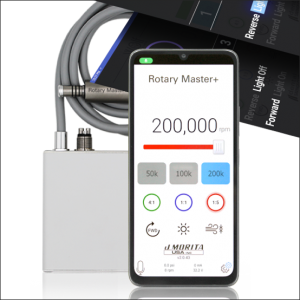
The selection of color in dentistry direct restoration
Authors: Giulia Caldara, Luisa Paternoster, Alessia Tasco, Dott. Salvatore Scolavino, Dott. Katia Greco, Prof. Giuseppe Cantatore, Dott. Gaetano Paolone
The aim of this article is to help the clinician refine the knowledge on the optical properties of dental elements, on composite shades and how to detect them from the teeth that have to be restored, in order to select the appropriate shades for the restoration.
Material and Methods
The color is identified through its chromatic (tint, chroma, value), achromatic (gloss, opacity, transparency, translucency) and optical phenomena (translucency and opalescence) properties. The real problem, however, has always been to rationalize the color so that it could be coded numerically and then rationally compared to others.
Thanks to the color spaces it is possible to measure, to classify and to reproduce the color itself. The most widespread system is called “CIELab * system”. In dentistry, there are various systems to detect color for direct restorations, including commercial shade guides and custom shade guide. Currently, electronic instruments, such as colorimeters and spectrophotometers (e.g. Vita Easyshade, Spectoshade-Micro) are also widely used, and they allow to detect the base color and then to convert it into data, in order to eliminate the subjectivity, increasing the level of consistency. The dentist can also use other tools (pictures and oral scanners) to understand better teeth's color. Another method analyzed is to apply, without any adhesive system, composite shades on the element to be restored, polymerizing it and assessing whether or not there are any matches, according to the technique defined as "Button-try".
Results
This article shows that the most indicated color detection methods are custom shade guide and the “button try". However, the latter technique has limits if we have to select translucent shades (enamel) while the effects are only visible when polymerized on an opaque substrate. An important and fundamental contribution is also provided by the knowledge of the optical properties of the materials available to the clinician.
Conclusion
Selecting the correct shades in anterior direct restorations is always a challenging procedure. The techniques used to obtain color information and to perform a shade selection are described in this article.
Clinical significance
Selecting the correct shades can improve esthetic outcomes of direct restorations and reduce time for correction.
 Tag
Tag
 Read more
Read more
Oral pathology 25 November 2025
Virtual microscopy (VM) is a technology for showing microscope slides using computers and could be considered a progression of classic methodology using optical microscopes.
For every assist this season, the insurance provider will donate $25 to TUSDM Cares for Veterans
Products 25 November 2025
J. MORITA USA, a world leader in handpiece technology, has announced the Rotary Master+ Electric Motor. Compatible with Morita TorqTech electric attachments and most competing electric handpieces on...
News 25 November 2025
Let’s be honest: nothing kills the vibe quite like bad breath. However, while 85% of people prefer for someone to tell them if their breath needs some freshening up, only 15% are willing to break...
News 25 November 2025
Vitana Pediatric & Orthodontic Partners (Vitana), a dentist-led dental partnership organization (DPO) focused exclusively on elite pediatric dental and orthodontic practices with operations in...










